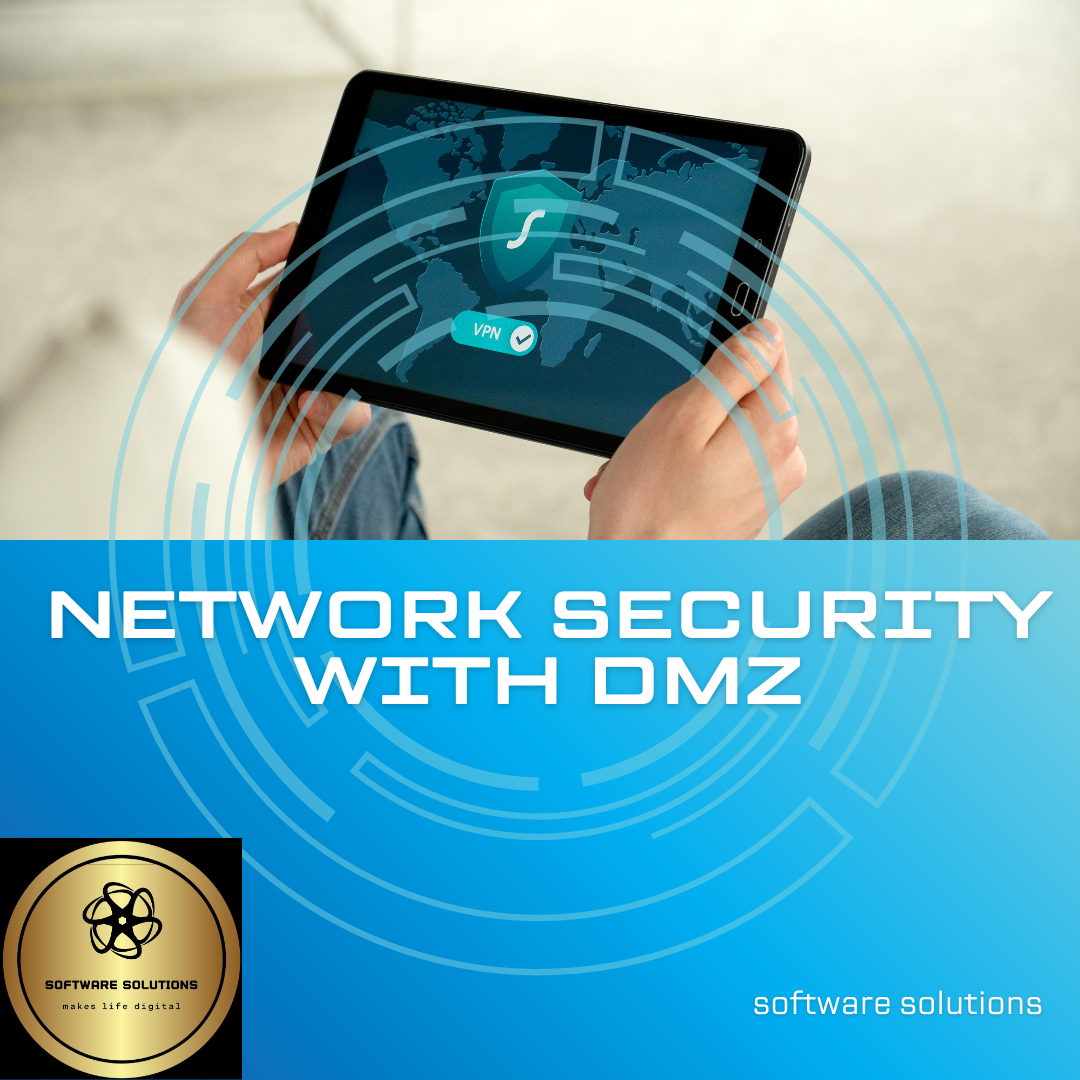Latest Research on DMZ (Demilitarized Zone) | Role of Demilitarized Zone in Cybersecurity
In the world of network security, the DMZ, or Demilitarized Zone, is a critical component in safeguarding networks from external threats. It acts as a buffer zone between an organization’s internal network and the untrusted external environment, serving as a protective barrier against potential cyber attacks. Recent research and advancements in technology have brought about a transformation in the way DMZs are conceptualized and implemented, enhancing their effectiveness and adaptability in today’s dynamic cybersecurity landscape.
Understanding the Evolution of DMZ Zones
Traditionally, DMZs were established with a simple architecture, segregating a network into three zones: the internal network, the DMZ, and the external network (usually the internet). However, as cyber threats have become more sophisticated and diverse, the traditional DMZ architecture has evolved to accommodate modern security requirements.
Role of DMZ in Contemporary Cybersecurity
In contemporary cybersecurity paradigms, the DMZ serves not only as a segregation point but also as an area for enhanced inspection and control. It’s no longer merely a static buffer; rather, it has transformed into a dynamic zone equipped with advanced security measures and intelligence.
Latest Research and Innovations in DMZ Implementation
Recent research in DMZ architecture focuses on adaptive and context-aware security measures. It incorporates machine learning and AI algorithms to analyze network traffic patterns, detect anomalies, and respond in real-time to potential threats. This intelligent approach allows for a more proactive defense strategy, identifying and neutralizing threats before they can breach the network.
Moreover, advancements in micro-segmentation within DMZs have gained traction. Instead of having a single DMZ, networks can now be segmented into smaller, more granular zones, each with its security policies and controls. This approach enhances security by restricting lateral movement within the network and minimizing the potential impact of a breach.
Embracing Zero Trust Principles within DMZs
The adoption of Zero Trust principles has significantly influenced the evolution of DMZs. Zero Trust emphasizes the principle of “never trust, always verify,” advocating for continuous verification of every device, user, and application attempting to connect to the network. Within DMZs, this means implementing strict access controls, multi-factor authentication, and encryption protocols to authenticate and authorize every connection request, regardless of its origin.
Challenges and Considerations in Modern DMZ Implementation
Despite the advancements, implementing and managing a modern DMZ comes with its challenges. Complexity in configuration, interoperability issues between security solutions, and the need for skilled cybersecurity professionals proficient in managing these sophisticated architectures are among the primary concerns.
Moreover, ensuring seamless communication between segmented zones within a DMZ while maintaining stringent security measures poses a considerable challenge. Balancing security with performance remains a constant dilemma for organizations aiming to fortify their networks without compromising operational efficiency.
Future Outlook and Concluding Thoughts
Looking ahead, the evolution of DMZs will likely continue in response to the ever-changing threat landscape. Innovations in automation, AI-driven threat intelligence, and integration with cloud-native security solutions are expected to further bolster the efficacy of DMZs in safeguarding networks.
The DMZ concept has undergone a substantial evolution from a simple segregation point to a dynamic and intelligent defense mechanism. With ongoing research and innovations, DMZs will continue to play a pivotal role in modern cybersecurity strategies, providing organizations with a robust line of defense against the constantly evolving threat landscape. However, addressing the challenges and complexities associated with modern DMZ implementations will be crucial in harnessing their full potential to secure networks effectively.
Check out Our Other Tech Blogs:







